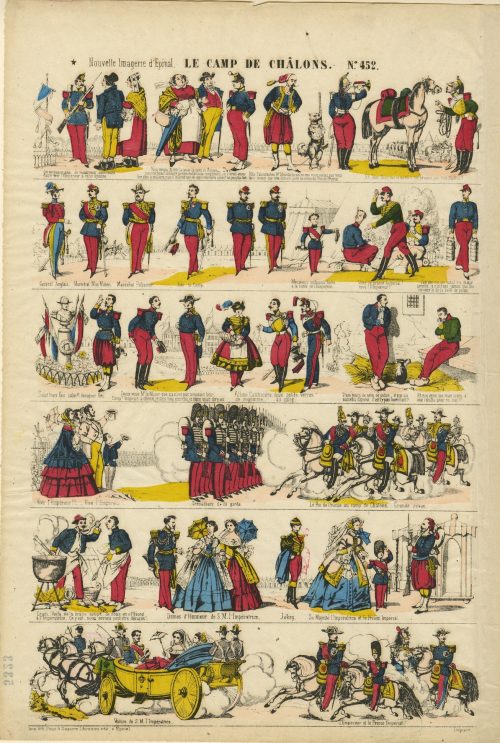
Tsukioka Yoshitoshi [月岡 芳年] (Japan, 1839 – 1892): Tokugawa Yoshimune [徳川 吉宗] (1684 – 1751) playing kemari [蹴鞠]


Tsukioka Yoshitoshi [月岡 芳年] (Japan, 1839 – 1892): Tokugawa Yoshimune [徳川 吉宗] (1684 – 1751) playing kemari [蹴鞠]



Artist Koikawa Harumasa (a.k.a. Banki): fl. 1801–18. Wikipedia: Koikawa Harumasa (恋川 春政; active 1800–1820), later called Banki Harumasa (晩器 春政). Associated with Katsukawa school.
Signed: Banki ga (on the bamboo flower container in the background). Censor's seal: kiwame. Mark of unidentified publisher, Genshoku #1017; Marks U084 Ibiko, p. 387.
References:
Jacob Pins #828.

"Early signed example of the work of Koike Naomasa. The kiku shape iron plate is well finished. The flush inlay is brass, for the scroll work on both sides, with the leaves and kiri mon in brass, copper and silver with strong detail carving. Some of the inlay goes almost over the edge, which is goishi gata. The large hitsuana are plugged in lead with starburst kokuin surface design. [...]The face is signed in deep bold kanji: Koike Naomasa; the back is signed: Izumi no Kami, on the right and Yoshiro on the left. There are one or two small pieces of inlay missing. Sold by Sotheby London, Oct. 27, 1981, lot 368. Height = 86 mm, thickness (seppa-dai) = 3.75 mm, (edge) = 4 mm."Another similar example presented at: "Tsuba" by Günter Heckmann, 1995, №T55 — "Designation: Koike Naomasa. Mid Edo, end of the 17th century. Iron, hira-zogan in brass, copper, silver and shakudo, katakiri-bori. Tendrils and leaves. 87.0 x 78.0 x 4.0 mm." Reference: Japanische Schwertzierate by Lumir Jisl, 1967, page. 13. [SV: Actually, his tsuba is signed Izumi no Kami Yoshiro on the back; and Koike Naomasa on the front, exactly as Robert Haynes's tsuba. Dating this tsuba Mid-Edo, 17th century may be considered a misattribution]. More details regarding the Yoshirō tsuba.
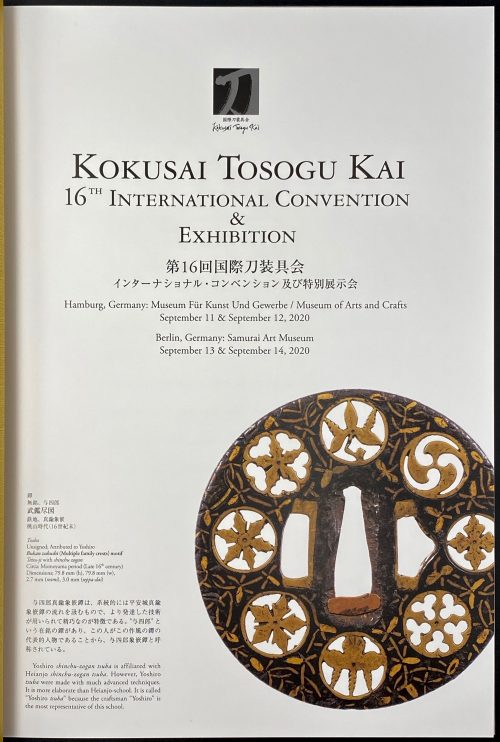
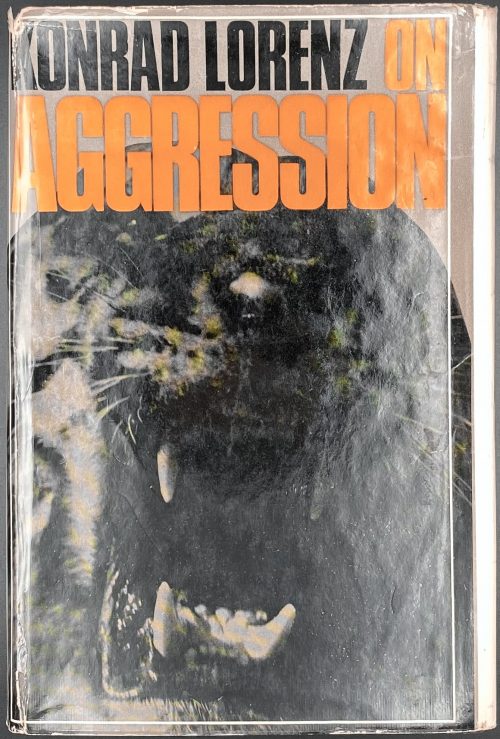

Kyo school iron tsuba of round form decorated with an eight-plank bridge (yatsuhashi) and irises (kakitsubata) in openwork (sukashi).
Late Muromachi period, Tenbun era (early 16th centiry).Dimensions: 80.0 x 77.2 x 4.1 mm.
The design alludes to the scene in 'Ise Monogatari', where Ariwara no Narihira being exiled from Kyoto to the Kanto region crossed the eight-plank bridge at Mikawa looking at the irises in bloom and composed a poem expressing his desire to return to Kyoto. A lot of tsuba have been produced with the similar design.
Reference: Masterpieces from the Sasano collection, 1994, p. 98, №69.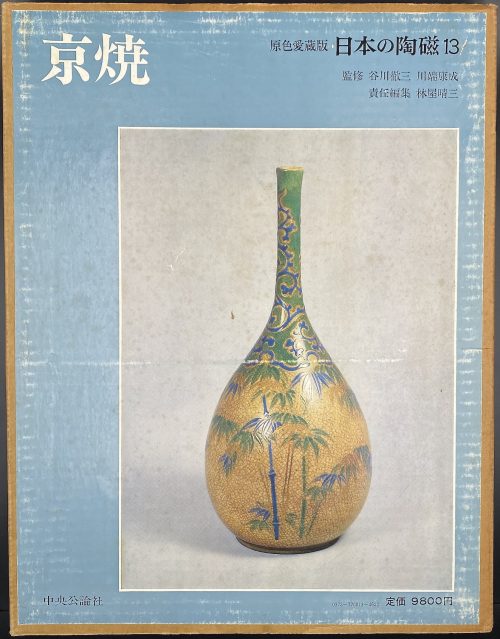



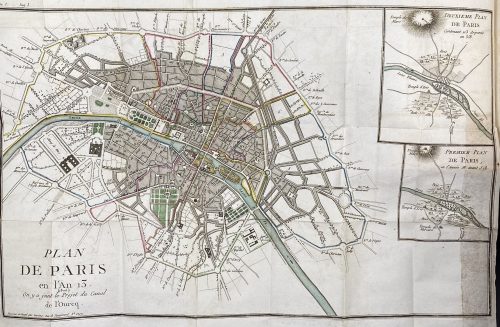
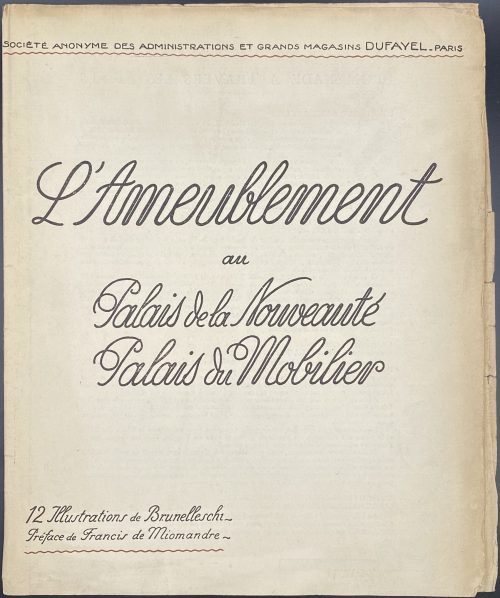
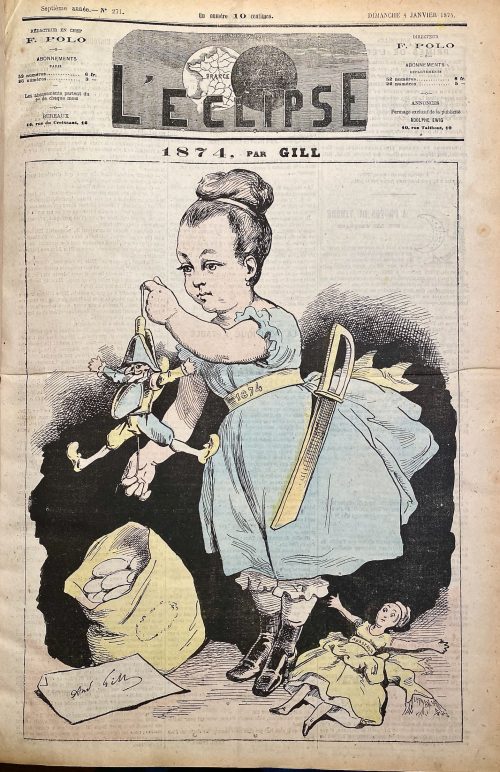
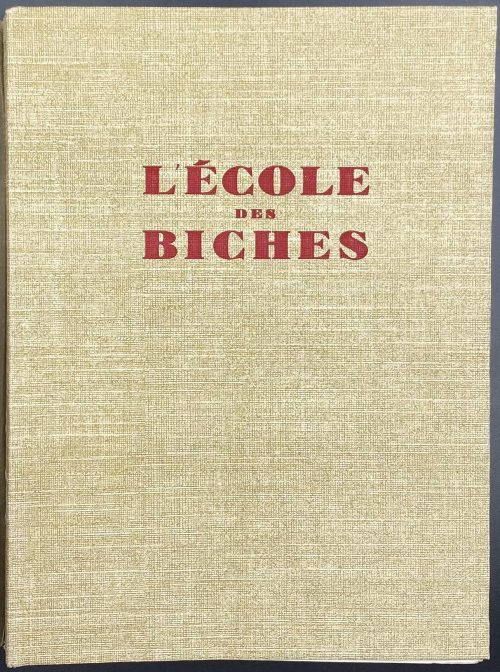
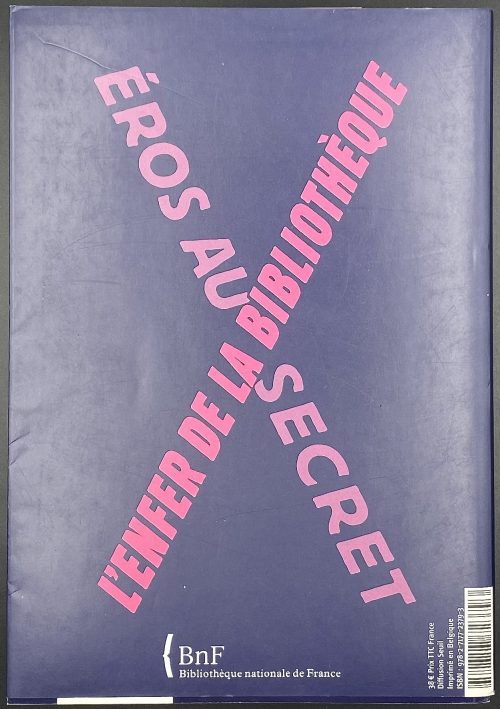
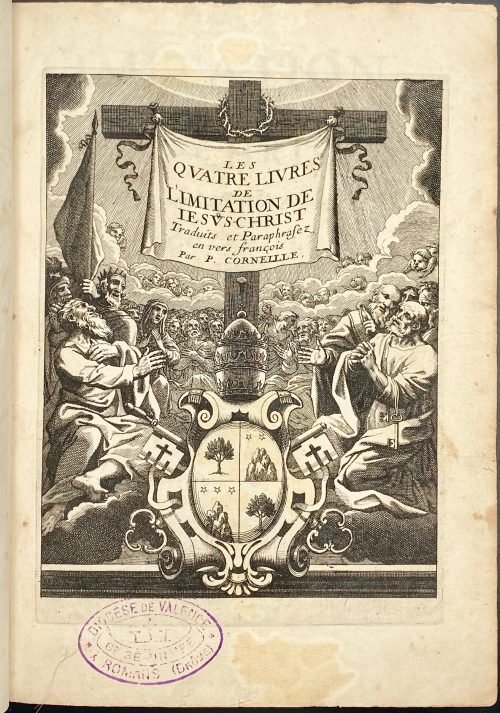

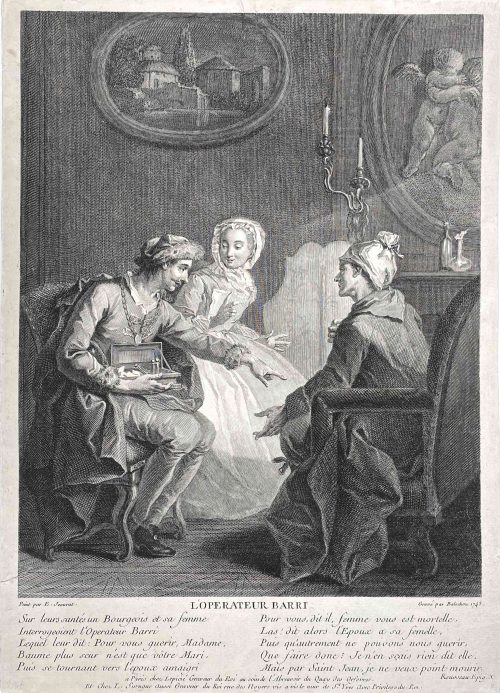
Engraving by J.J. Balechou after E. Jeaurat. A husband and wife ask a quack doctor for advice about health: he suggests substituting himself for the husband in the wife's affections, and she agrees: Épigrammes de Jean-Baptiste Rousseau (French, 1671–1741).
Date: 1743.
Size: 380 x 270 mm
Inscriptions under the image:
Top: Peint par E. Jeaurat | L'Operateur Barri | Grave par Balechou 1743
Middle: Sur leurs santés un Bourgeois et sa femme
Interrogeoient l'Operateur Barri, Lequel leur dit : Pour vous guérir, Madame, Baume plus sûr n'est que votre Mari, Puis se tournant vers l'époux amaigri, Pour vous, dit il, femme vous est mortelle, Las ! dit alors l'Epoux à sa femelle, Puis qu'autrement ne pouvons nous guérir, Que faire donc ? Je n'en sçai rien, dit elle,Mais, par Saint Jean, je ne veux point mourir.
Rousseau Epig. X
Center bottom: a Paris chez Lepicie Graveur du Roi au coin de l'Abreuvoir du Quay des Orfevres. Et Chez L. Surugue Aussi Graveur du Roi rue des Noyers vis a vis le mur de St. Yves Avec Privilege du Roi.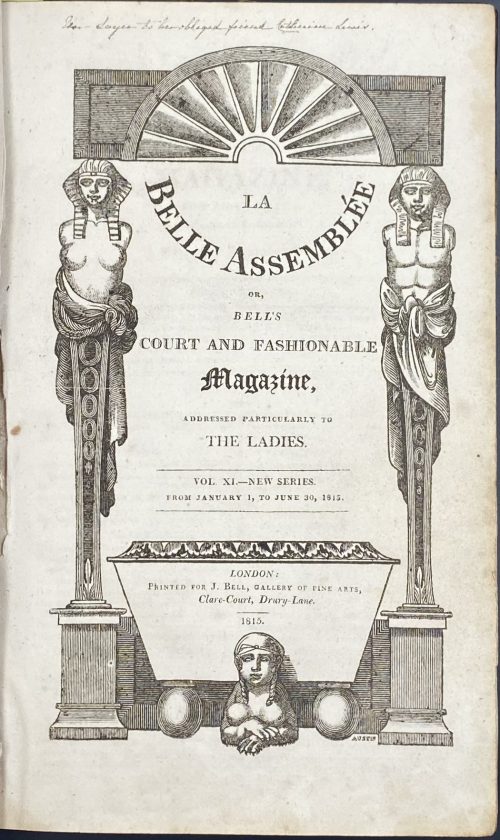
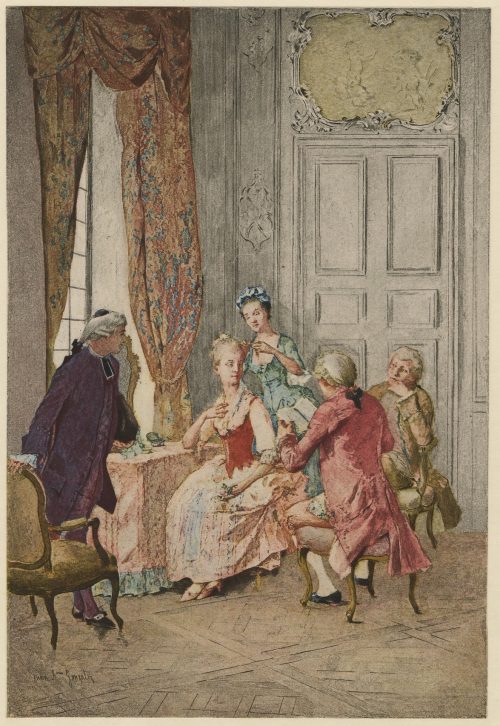
Coloured etching by E. Charreyre (French, fl. 1880 – ?) after a watercolour by Juan Antonio González, (Spanish, 1842 – 1914). A book illustration for 'Son Altesse La Femme' by Octave Uzanne (1851 – 1931), chapter: 'La Caillette' (Le lever d’une petite-maitresse au XVIIIe siècle). Published by Albert Quantin (French, 1850 – 1930) in 1885.
Size: print 17.5 x 12 cm, pasted to leaf 27.7 x 19.5 cm.
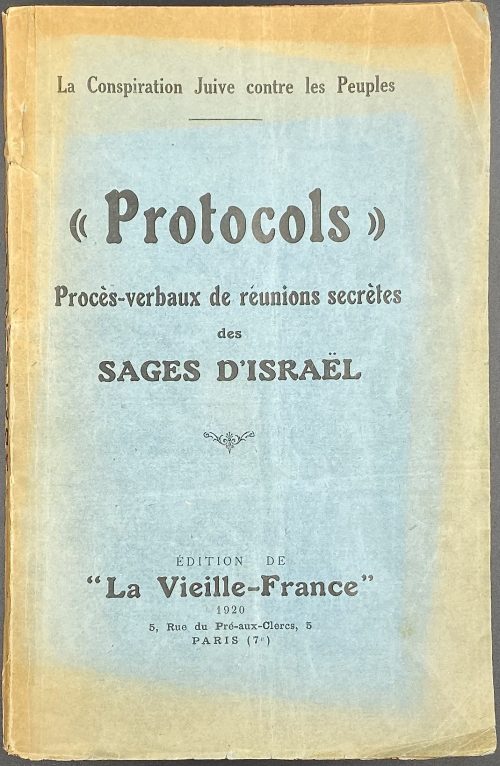
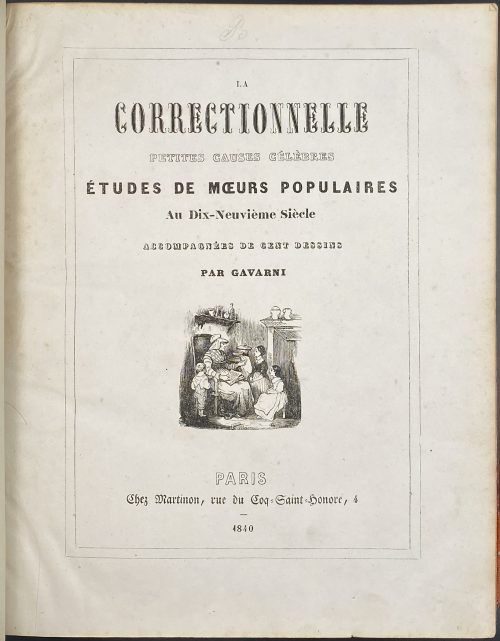
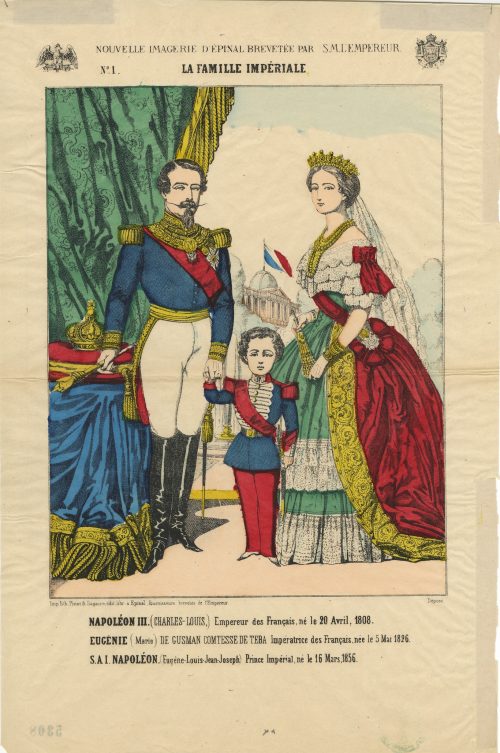
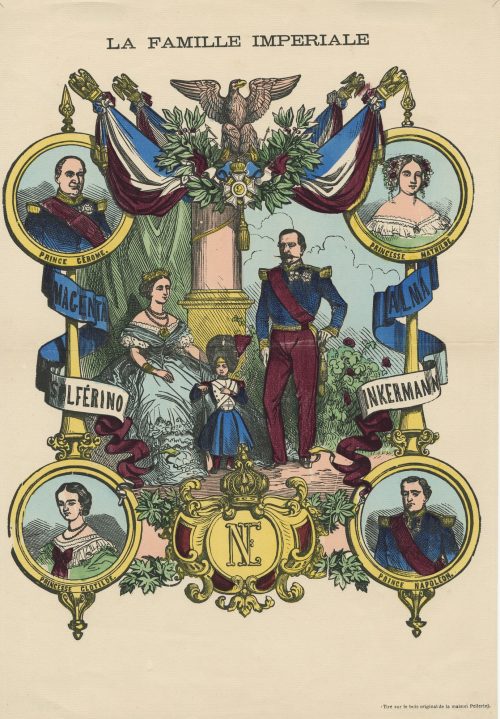
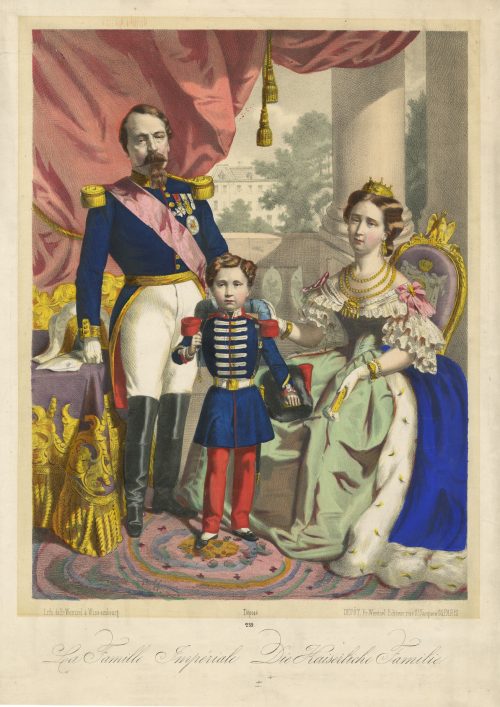
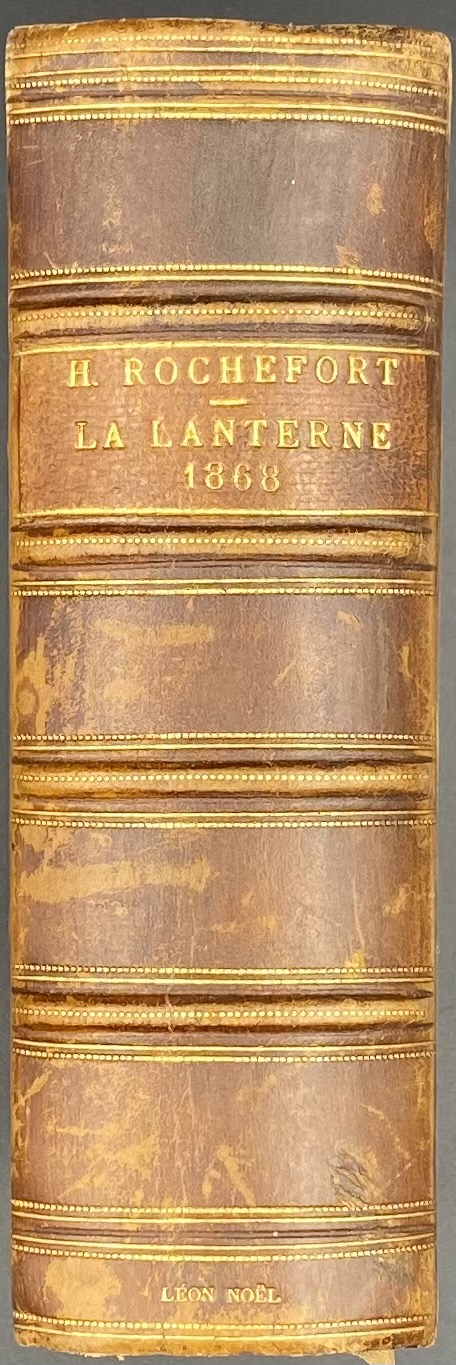
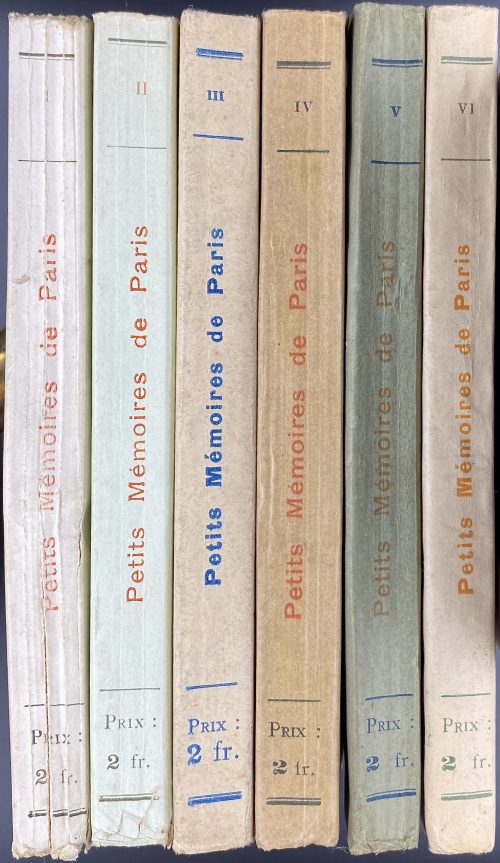
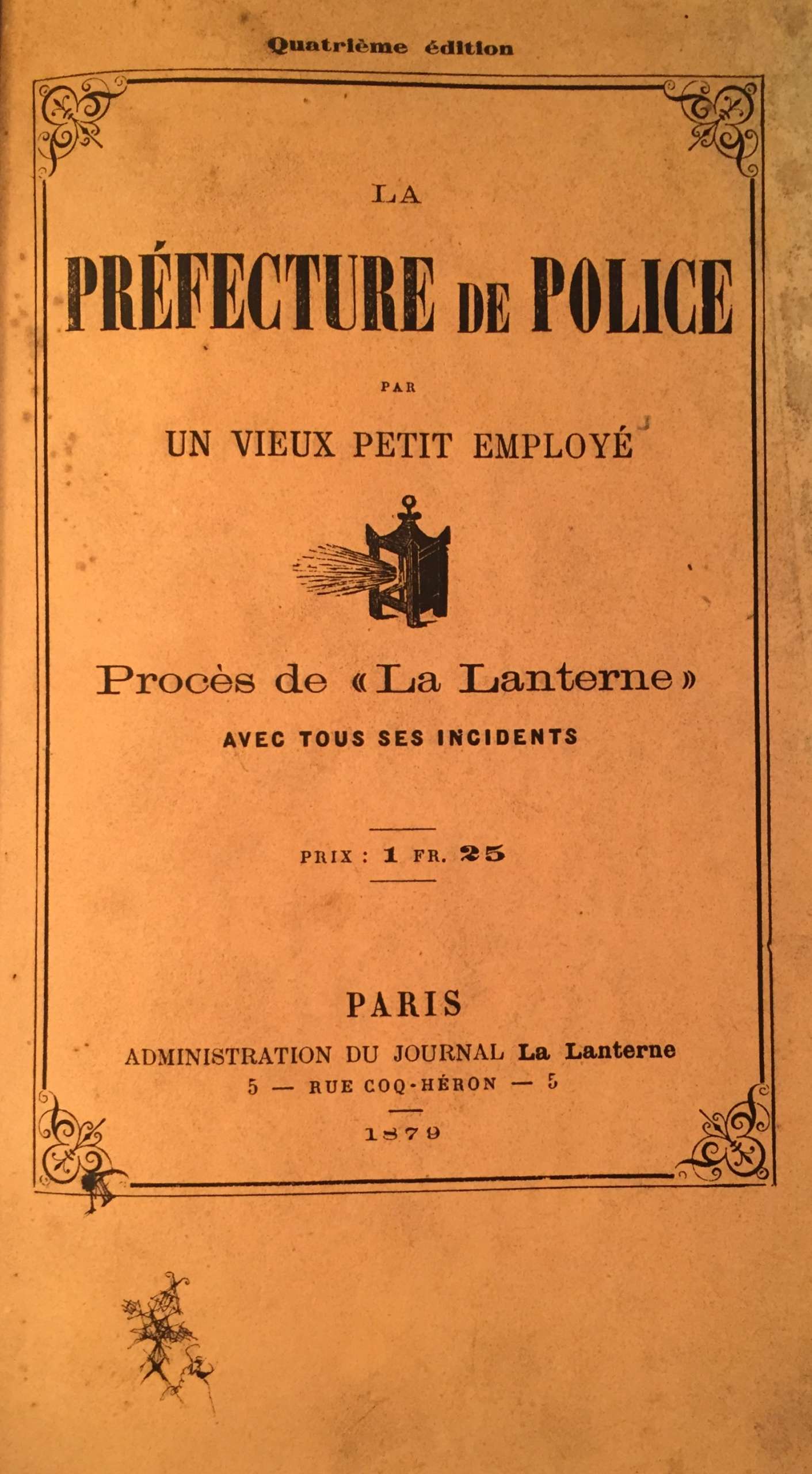
La Préfecture de Police, par un vieux petit employé - Procès de La Lanterne avec tous ses incidents. Administration du journal La Lanterne, Paris, 1879.
Quatrième édition.
Anonymous publication. Authorship attributed to: Yves Guyot, Francisque Sarcey. Source: Harvard College Library, Soc. 3375.6, 14-OCT-1914, Wolcott Fund.
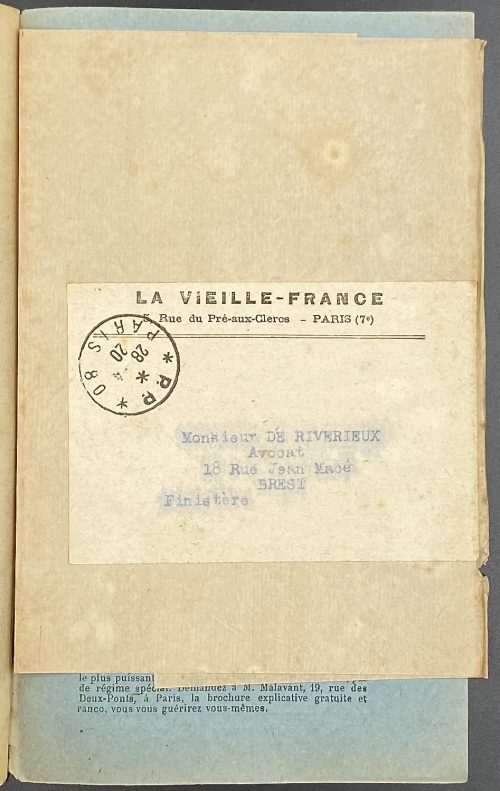
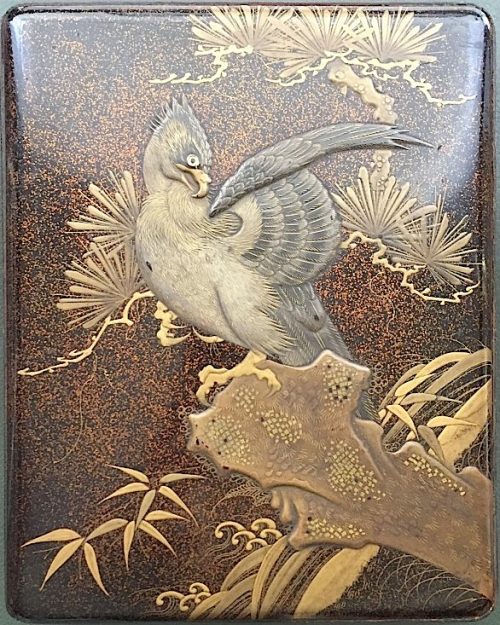
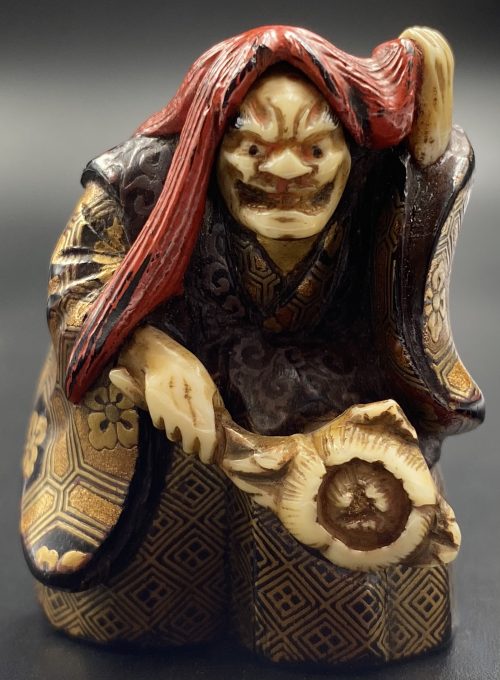
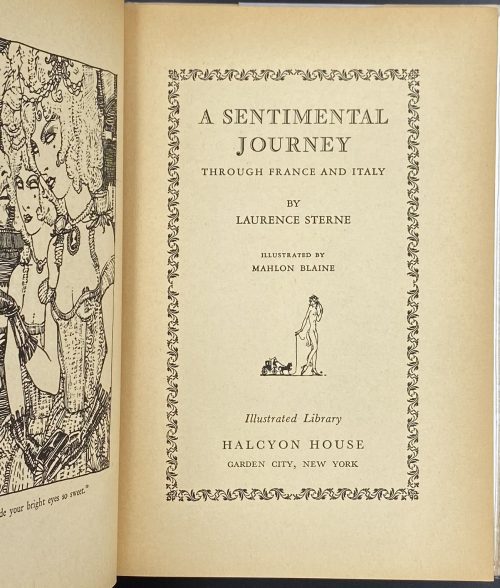
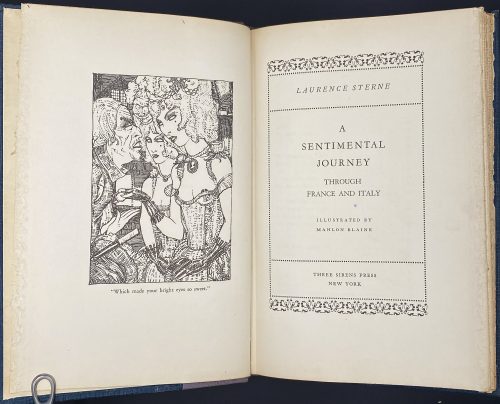
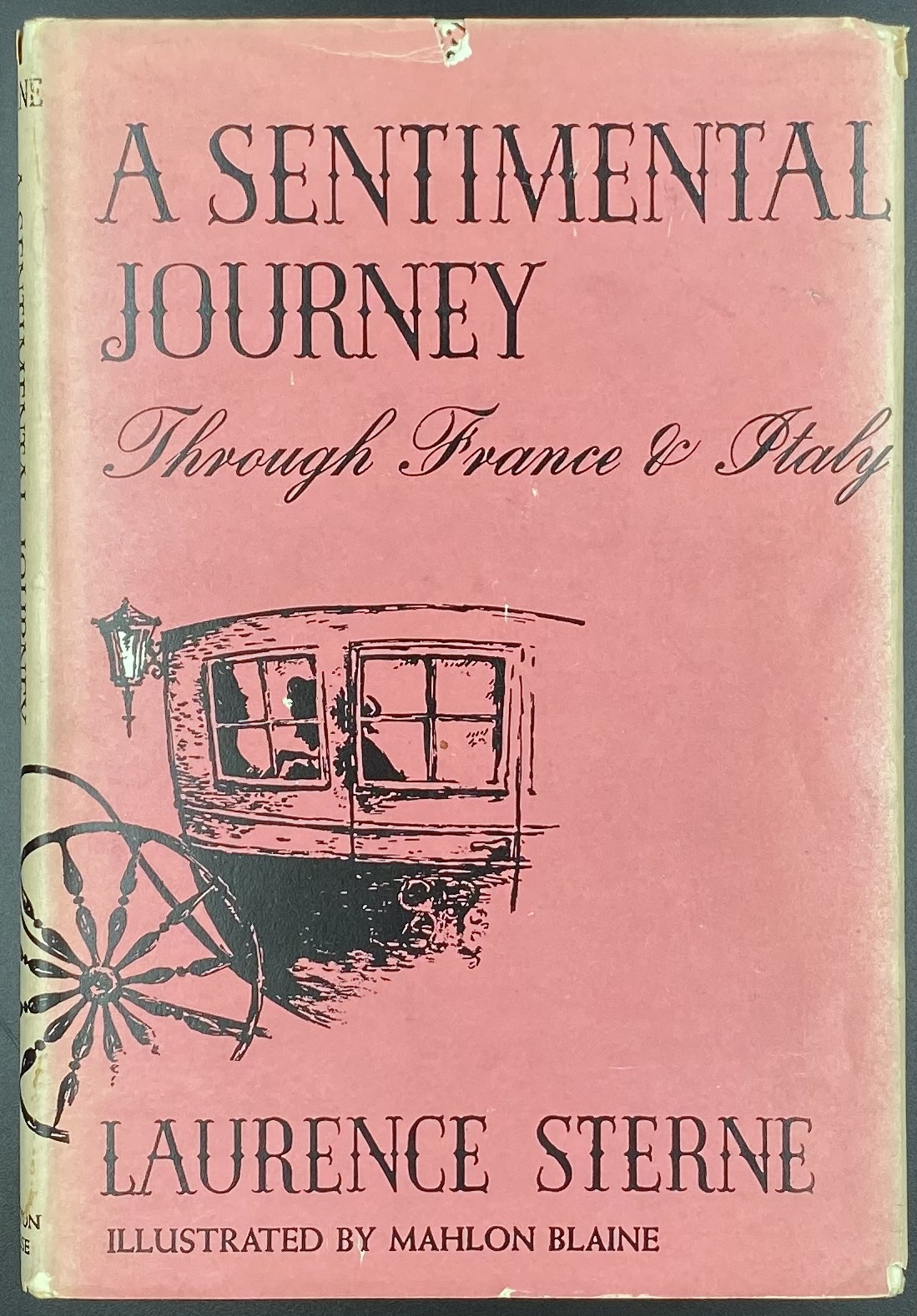 As stated, the copyright is held by Williams, Belasco, and Meyers, who are: Joseph Meyers (c. 1898 – 1957), his sister Edna Williams, and David Belasco (1853 – 1931). "Joseph Meyers was described by Bennet Cerf (Modern Library, Random House) as a “notorious pirate” in Gertzman’s book Bookleggers and Smuthounds, and the trio of presses allegedly indulged in reprinting numerous books without holding the copyright to those titles. By not paying copyright fees, Meyers and Williams were able to print and sell good quality illustrated books at prices that were below typical smaller, unillustrated reprint series of the 1930s." [cit.]
As stated, the copyright is held by Williams, Belasco, and Meyers, who are: Joseph Meyers (c. 1898 – 1957), his sister Edna Williams, and David Belasco (1853 – 1931). "Joseph Meyers was described by Bennet Cerf (Modern Library, Random House) as a “notorious pirate” in Gertzman’s book Bookleggers and Smuthounds, and the trio of presses allegedly indulged in reprinting numerous books without holding the copyright to those titles. By not paying copyright fees, Meyers and Williams were able to print and sell good quality illustrated books at prices that were below typical smaller, unillustrated reprint series of the 1930s." [cit.]
